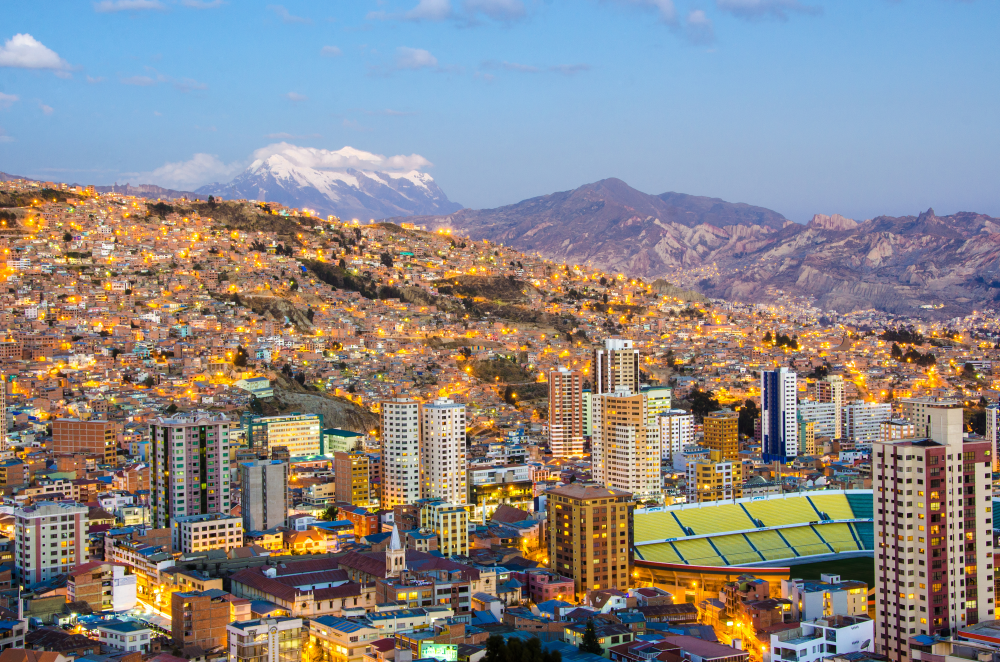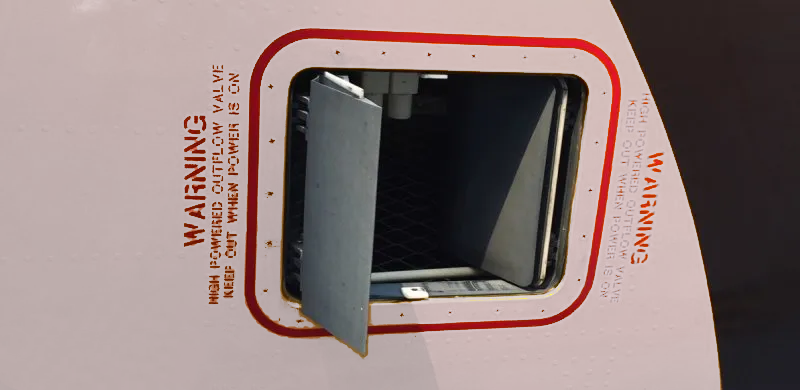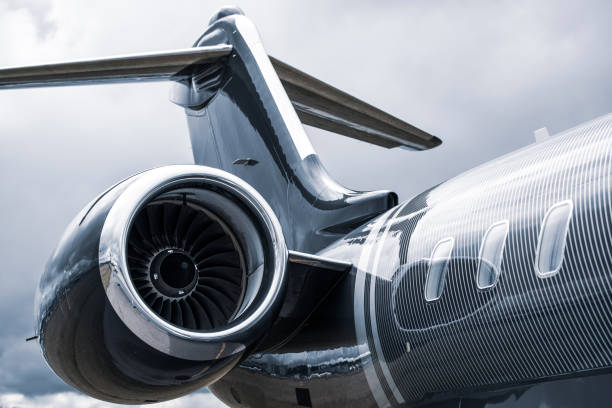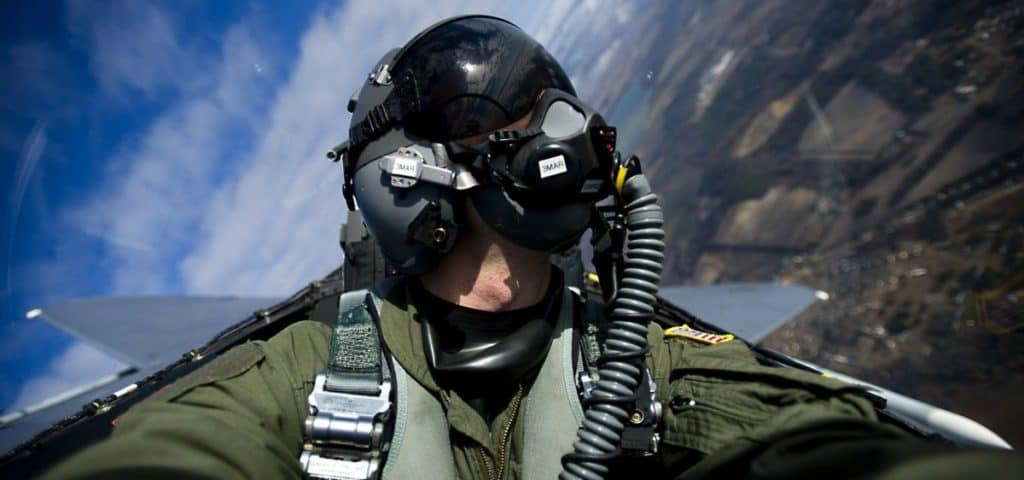Switch to:
 EN
EN  Português (PT)
Português (PT)  Español (ES)
Español (ES)
When we board an air taxi or chartered jet, we think little about the existing chain of work toprovide that moment or about complex processes that underpin aviation. In this article, we will focus on one of these elements: the pressurization of jet cabins, something that sound elementary, but is actually fundamental for you to be able to travel.
This process generally serves to ensure that breathing is possible inside aircraft. That’s because the higher we are, themeno s atmospheric pressure there is. This makes the air more rarefied, unsuitable for human breathing, and sometimes extremely cold. A control is then required to ensure balance of this internal environment.
Private jets and commercial aircraft often fly at altitudes above 30,000 feet. For comparison, La Paz, Bolivia, where breathing begins to be more difficult is just under 12,000 feet. From that level, humans can barely breathe. Therefore, all flights have the famous oxygen masks that automatically fall on the seats. In case of problems with the internal pressure of the cabine, they should be triggered.
An important point to remember is that airplanes fly so high, above what is acceptable to humans, for various reasons. First, there are mountains with ridges above 10,000 feet that are on flight paths. Then for meteorological reasons. Rains, storms, fogs etc. occur at low altitudes. You must be remembering some flight in which overtaking some charged clouds, you came across sun and clear weather. The rarefied air at higher altitudes is also related to issues such as fuel burning, which is lower in these conditions, or with the resistance that the higher atmospheric pressure exertson aircraft.
How jet pressurization works
We already know what pressurization is and the reasons why it is necessary, as it occurs in practice, but it is another story. In advance: it is not enough to close the plane at sea level and prevent the entry of the rarefied air. Both becausethis breathable air would be fully consumed in some time, and because the smell of unrenewed air, in a sealed environment, could become unpleasant faster than we would like.
Therefore, there needs to be a renewal of the cabin air. The system that guarantees this passes through a simple outlet valve. This device is a kind of door at the rear of the plane’s fuselage, through which air enters and exits. Some large jets have up to two valves.
From that door, then, there is fresh air entering the aircraft, also allowing the old air to be dispensed. This whole process is done automatically by the pressurization system. To increase the pressure, the compartment is locked. To slow down, the passage is slowly opened.
This not only certifies that the pressure will be adequate for the breathing of passengers, but also renews the internal air from time to time. In a few minutes, 100% of the cabin air is changed, which makes it even cleaner and safer.
Pressurization systems balance pressure to simulate an environment of a maximum of 8,000 feet – which is high but still allows normal breathing. Simulating the sea level scenario could make flights even more comfortable, but it would potentially bring several complications. Aircraft have to bear the difference between internal and external pressure, which cannot be too large not to damage the fuselage or interfere with flight.
This air that enters via valve arrives at the cabin, usually after passing through the engine – it is what is called “bled” air. It goes towards the engine, where it is compressed and extremely heated toperform r combustion. Then, this air – which remains clean even after that – leaves the compressor (one of the engine components) towards the cab, but only goes through a cooling process.
Importance of pressurization
Episodes of cabin pressure loss during flight are rare, but this is a serious failure. Any system error above 10,000 feet requires an emergency descent into the 8,000-foot range, in addition to the use of oxygen masks, which are prepared for everyone on board to breathe until the loss of altitude is complete.
Without such equipment, the effects on humans would be devastating. What happens in an environment with thin air is the reduction of oxygen in the lungs and brain. In a few seconds, reasoning is impaired and there is loss of vision and consciousness. In just over a minute without masks, at an altitude above acceptable, the situation becomes much more dramatic.
That’s why in military fighters pilots and crew are required to wear oxygen masks throughout the flight period. Because of the reduced cockpit in this type of aircraft, the decompression is extremely fast and does not allow pilots to at least put on the oxygen mask.
The scenario described is frightening, but absolutely hypothetical. Failures of this kind rarely happen and, if they do, pilots and teams are prepared to lower altitude and, if applicable, land safely.
About Flapper
We realize that flying in certified aircraft and with teams prepared to handle any scenario is what ensures the safety of travel. And the best way to have all this, when using air taxi services or chartering a jet, is to look for Flapper, the first online private aviation marketplace on demand in Brazil.
To book your next vacation or work itinerary, simply access the quote platform through the website or app. In it, you can choose dates, times, places of embarkation and disembarkation, aircraft – all the smallest details to fit the service within your reality.
There are more than 5,000 aircraft available , among several models. After setting your entire trip in a few taps, flapper’s team guarantees you all the support, providing an uncomplicated, agile and comfortable service. In short, an unforgettable experience. Book your next flight now! If you have any questions, please contact:





